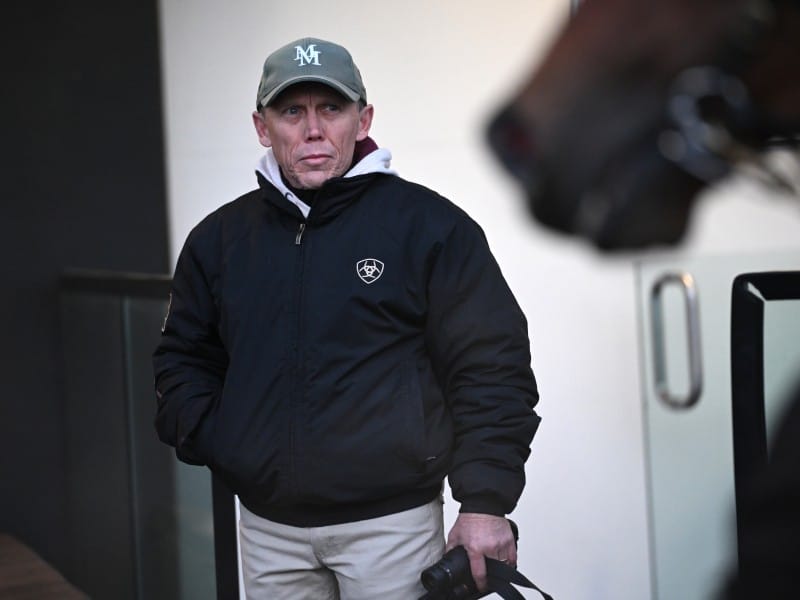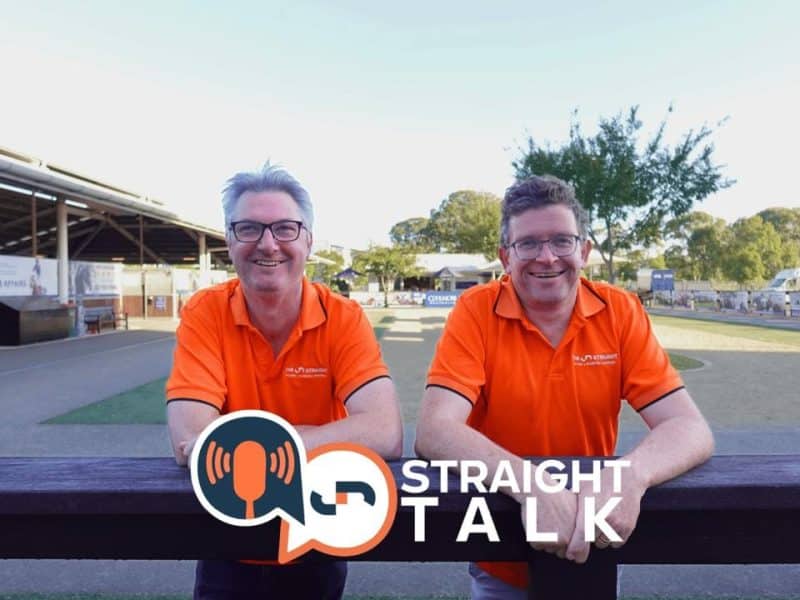Written In The Stars – Years of dedication and a Strand of fortune
Amid the dust and the sun of Australia’s racetracks and sales grounds, Sharon Lee Chapman is always looking for her next great photo, knowing that sometimes the best of her work can almost come about by accident. In the next instalment of Written In The Stars, the award-winning photographer talks to Jessica Owers about life behind the lens.
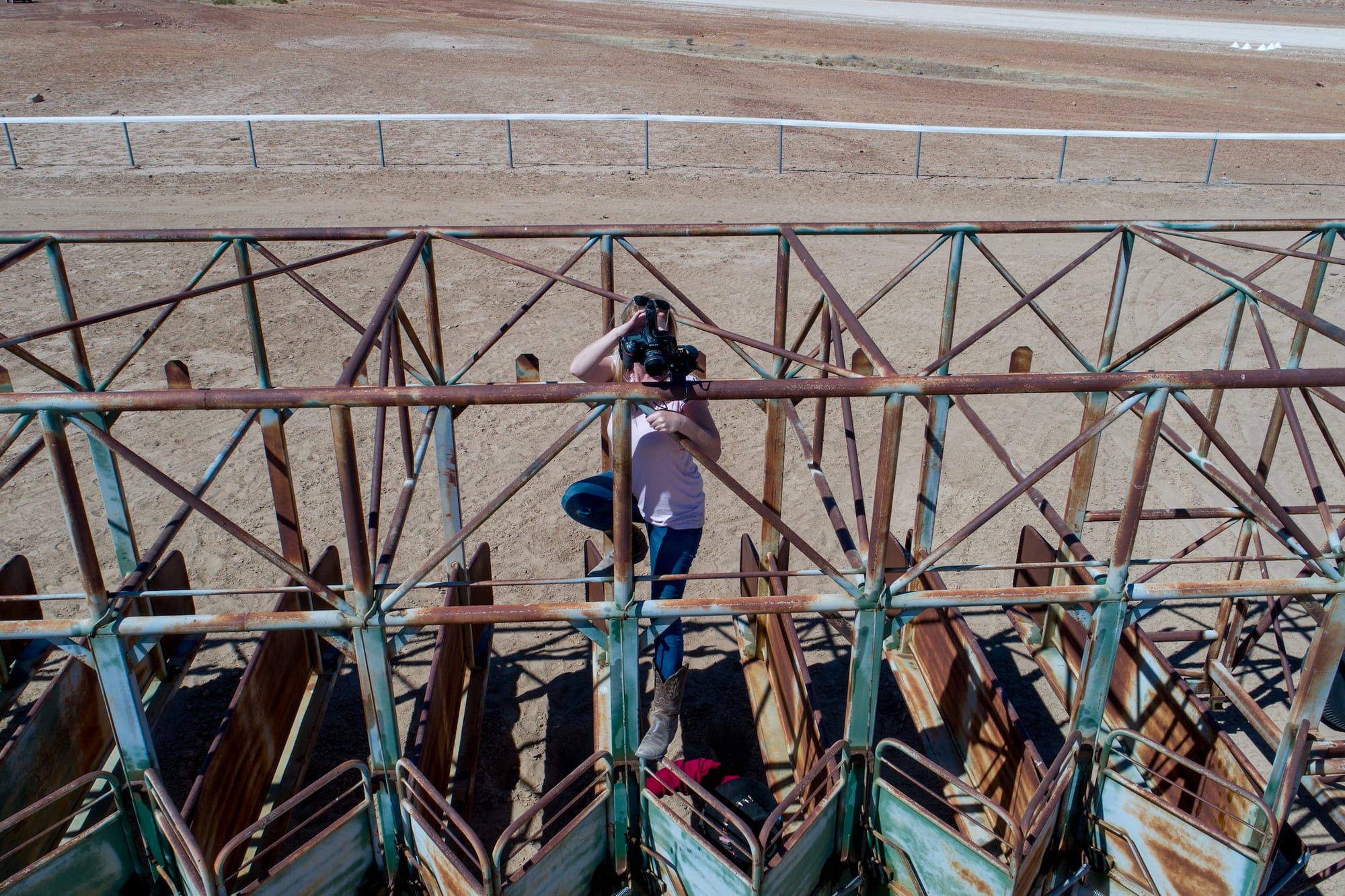
It was 2011, and photographer Sharon Lee Chapman had bagged a last-minute media pass to the Warrnambool Carnival.
“It was my first ever day at a jumps meeting,” she tells The Straight, before the details of the Banna Strand incident hurry back to her.
“I had taken a day off work and driven down the highway, hoping that I’d luck into getting a media pass. I got the pass, I stood there with all the other photographers, and I probably only got the shot because I didn’t know what I was doing.”
‘The shot’ Chapman is talking about is the eye-watering capture of the gelding Banna Strand, mid-leap, riderless and less than a second away from plunging into an unaware crowd of racegoers.
“The other photographers had stayed on the jump because that’s what experienced photographers do, they stay on the jump,” Chapman says. “I didn’t even know I had the photograph. Later, the paramedics asked me if I happened to have any pictures of the loose horse, and when I flipped back through, it was only then I realised I had it.”
It’s not a masterpiece. It’s not even among her favourites, yet the Banna Strand photograph was the making of Sharon Lee Chapman. It won the Quill Award for Best News Photograph and reached mastheads as far as New York after decorating the front page of the Herald Sun.
“I went from a complete nobody to the girl who took that photo,” Chapman says. “It was instant notoriety, but instant credibility too.”
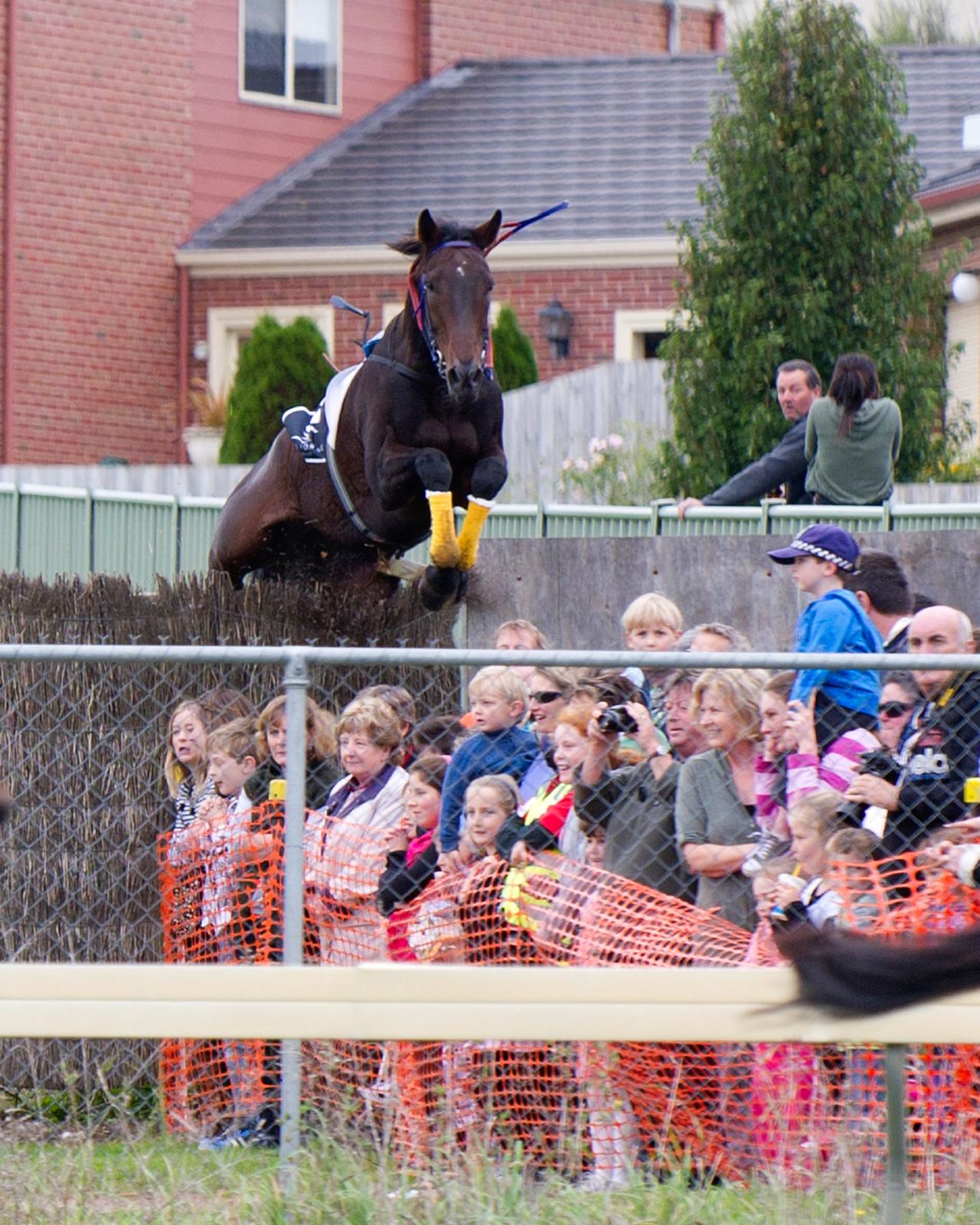
Today, Chapman is an established industry photographer, a slight, pale-haired and friendly face around the traps. Her business, Fast Track Photography, covers race imagery, stud shoots and yearling pictures, but so too breathtaking visual storytelling from places like Betoota and Birdsville.
Chapman had only started photographing racing when she snapped Banna Strand, but 11 years later, in 2022, she found herself in sudden similar territory. At Birdsville’s iconic bush meeting, she took a trackwork photograph during an organised shoot that later revealed a jigger in the clutch of a jockey.
The image, another accident according to Chapman, led to the disqualification of the jockey and trainer, and some unwanted negative feedback for the photographer.
Like Banna Strand’s, was simply a photographer in the right place at the right (or wrong) time.
Beneath Chapman’s pleasantries is a woman who has hardened with the job. Track photography is a scrum, everyone elbowing for the best picture and the right clients. Bred and raised in Victoria, Chapman was in the heart of it in Melbourne.
For the few years after Banna Strand, she plied her trade in the racing capital as a freelancer until the point in 2016 when Racing Victoria changed its accreditation of freelance photographers. It was a messy, union-embroiled situation, and a dozen or so professionals, including Chapman, had their livelihoods impacted.
“Because my client base was mainly trainers and syndicators, who I now couldn’t supply imagery to, all of a sudden I didn’t have a livelihood,” she says. “I had to move more towards the breeding side of things to make a living, and it was 2019 when I relocated to the Gold Coast.
“My partner, Mark, was at a bit of a crossroads then too, so we thought ‘bugger it, let’s just go. Let’s start afresh.’ Apart from Magic Millions I didn’t have many contacts up there, but I had started doing photos and videos of yearlings, and I knew there weren’t many people doing that in Queensland. So, I guess I was reasonably confident heading up there’.
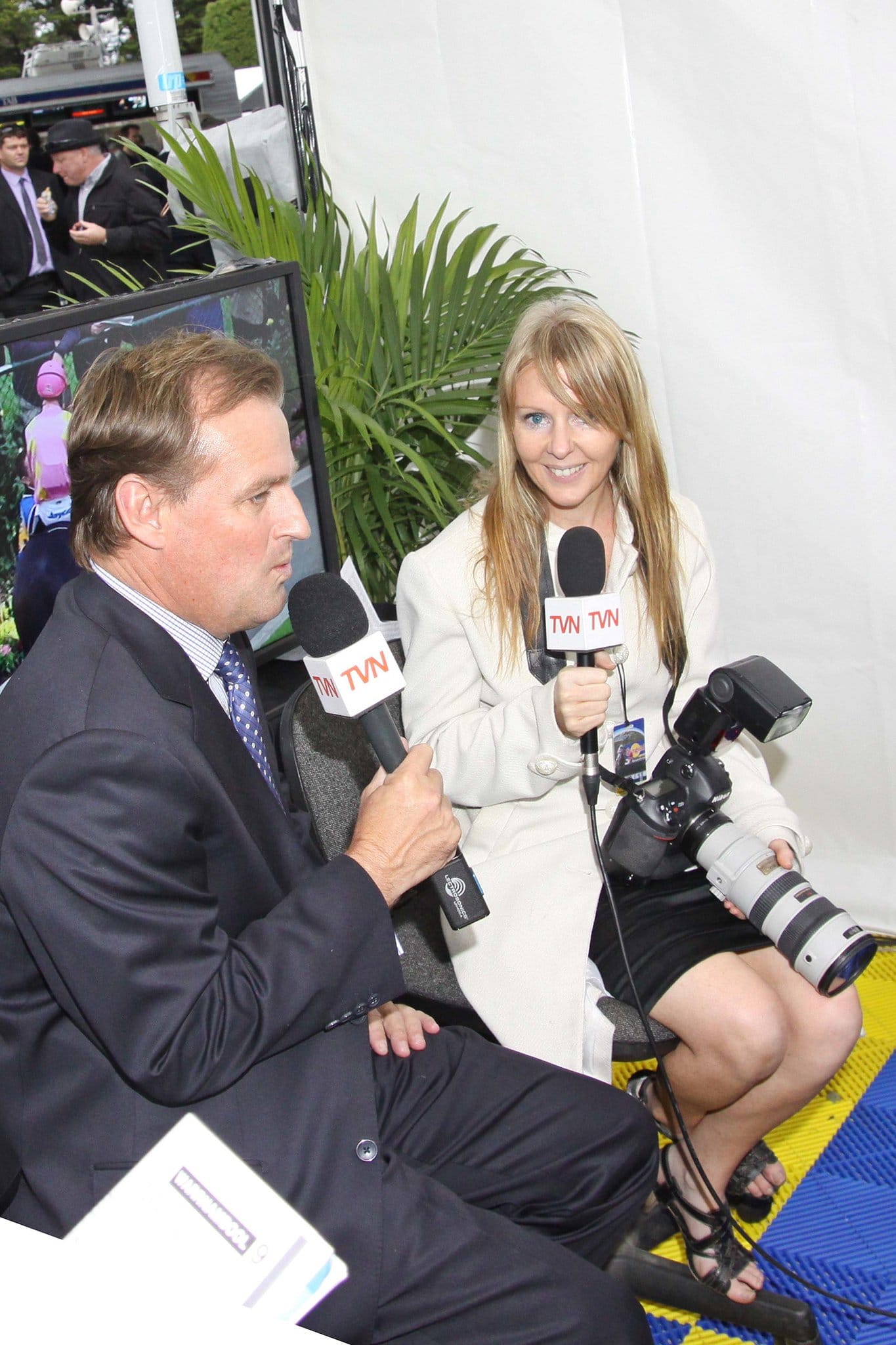
Taking yearling pictures for catalogues can be tedious. It is long days of distracting baby horses, but Chapman doesn’t mind it. She is the kind of photographer who will follow a photograph through to the sales ring, then onwards to the racetrack and beyond, investing in a client’s success and story.
She is a realist about her work paying the bills. However, she also believes in the strength of visual storytelling, resulting in her portfolio of photographs of horses at Betoota and Birdsville, and in the tie-ups at Randwick, and on the beach at Surfers Paradise or at Cheltenham. The opportunity to take her work in that direction, where it is dramatic, stunning and impactful art, was because of the change of circumstances in Victoria.
“It was bad when we were going through it, but it was almost like a sliding doors moment for me,” she says. “You’ve got to get off your backside sometimes and make opportunities happen. They’re not going to just fall into your lap, and when I look back at it now, I think one door closed and another opened.”
The door that opened was a week-long sports photography workshop in Colorado Springs in 2015, where Chapman had her work looked at by the picture editor for Sports Illustrated, Marguerite Schropp Lucarelli. Schropp Lucarelli brought Chapman to New York to pitch a photo essay to her magazine, and, thinking of the most striking racetrack that she could, she pitched Birdsville’s annual races.
“It was a pivotal point in my career,” she says. “I went to Colorado to learn more about sports photography and to get more technical skills, and I got my portfolio looked at which then led to pitching Birdsville, which then led to going to Birdsville, and I’ve been to Birdsville five times now.”
The dusty, blue-skied images of racehorses swept up in sand are perhaps what Chapman is most known for these days (alongside Banna Strand). Sports Illustrated ran her photo essay that year and Chapman will always be able to say she is published in, arguably, the world’s leading sports publication.
A handful of years later she drove 4000 kilometres to Betoota’s annual races in remote western Queensland and returned the following year to chase a shot that had eluded her the previous year.
“I was mesmerised by the illumination of the dust by the sun,” she says. “Definitely worth the trip.”
Photographers might tell you that their best shot is their next shot, and Chapman won’t argue with that. She will always have the Quill Award for Banna Strand, but is there a part of her that doesn’t want to jag it?
“I think so,” she says. “When I got into the finals for the Quill Awards, I went into that room and saw all these amazing people and I was nearly embarrassed to be there because I didn’t mean to take that photo. There I was, with photographers that go to the Olympics for the most epic stuff.
“But once I got over my embarrassment, and I did win which was amazing, it gave me a real drive. Now, I want to win an award for something I meant to take.
“So the Banna Strand image did change my career, but I didn’t just roll over and accept that now everyone knew me. I felt like I needed to prove to myself, and to everyone, that I could be recognised for taking great photography.”
Chapman’s work has graced the front cover of Andrew Rule’s biography of Winx, among other publications. She continues to traipse Australia with a truck and tent and armful of cameras and lenses.
Fourteen years after Banna Strand, she isn’t a one-trick pony, but equally she loves where that famous image has taken her. Is it her greatest hit?
“When people say things like, ‘oh, you took that photo’, that’s when I realise how far that picture really went.”
Sharon Chapman’s Top 10 Photos
Number 1: WINX – WALKING ON WATER
Location – Altona Beach
When – Morning after Winx’s 3rd Cox Plate in 2017 Water temperature – Think Antarctica Hazards – Water chest height, cameras held above my head What could go wrong – Car keys in pocket, not friends with salt water resulting in a 92 kms tow home to get my spare key.
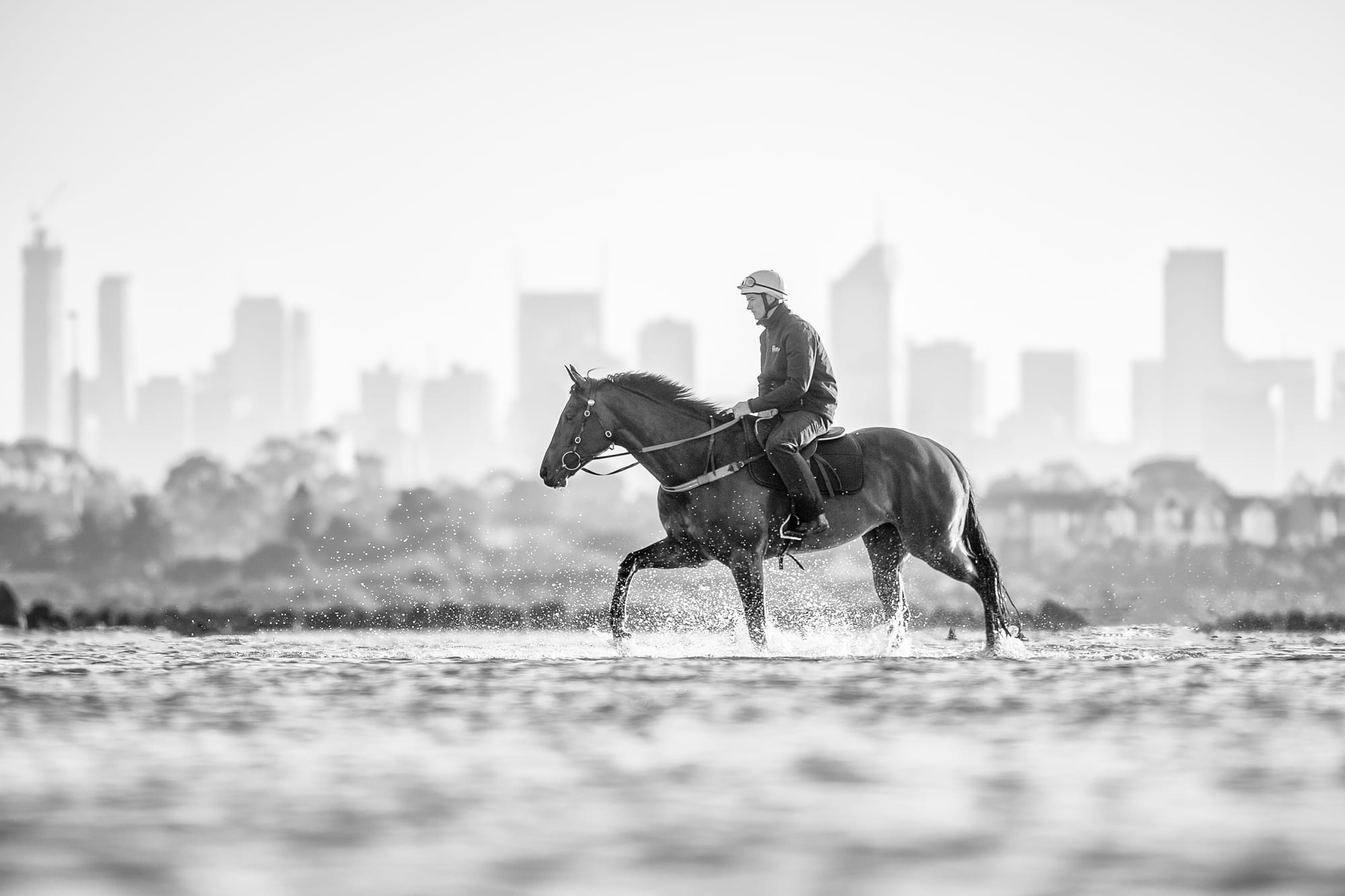
Number 2: TYE ANGLAND – THE REUNION
As a photographer, I want to capture moments that evoke emotions and this moment with Tye Angland being reunited with Trapeze Artist encapsulates that perfectly. I’ve never felt so emotional viewing an image on my laptop and I would regard this as my favourite image I’ve ever taken.
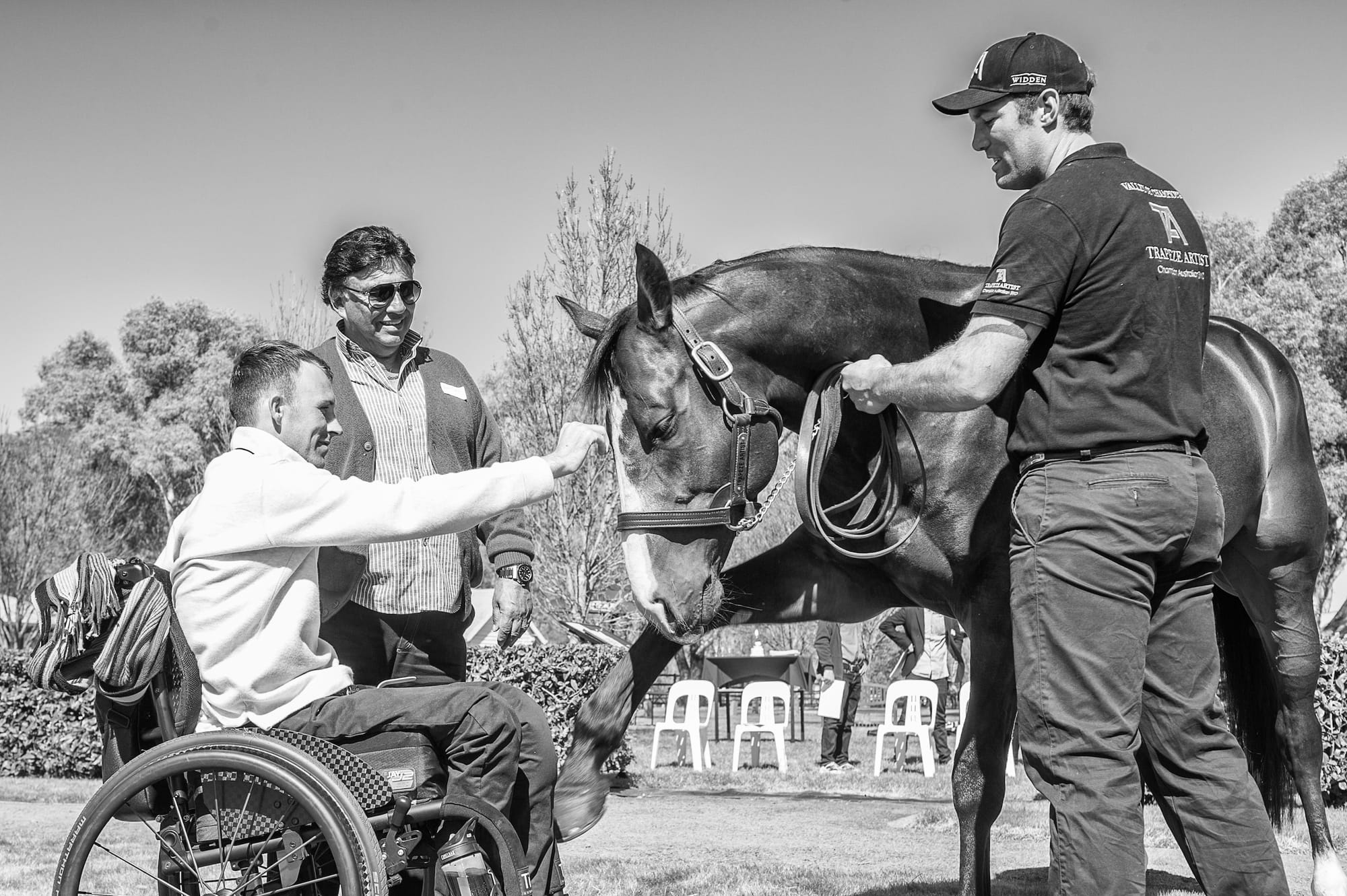
Number 3: BETOOTA THROUGH THE DUST
The year before I tried to capture an image as the sun set in the remotest racetrack in the world (Betoota Population 0) and I didn’t quite nail it. This “failure” gave me the determination to drive back to Betoota the following year and try to capture what I had imagined.
I set up a remote camera at the home turn to maximise the movement and dust, exposed for the silhouette and hoped the horses would end up in a good formation with a nice stride. It was one of those images when I checked the camera after the race, I was mesmerised by the illumination of the dust by the sun. It definitely exceeded my expectations and was worth the 4000 km round trip!
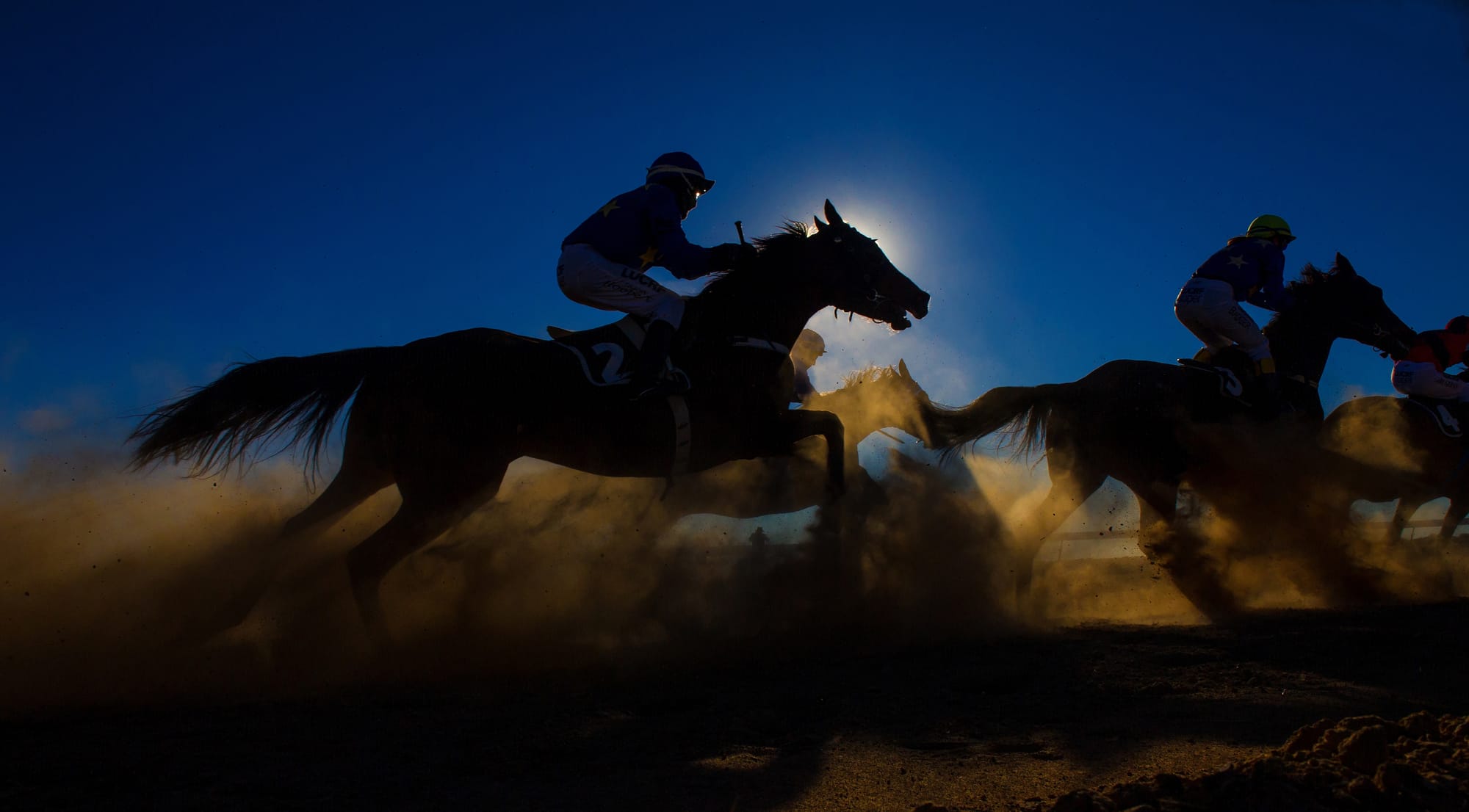
Number 4: BETOOTA – TAKE TWO
Not content with only one great remote from Betoota the year before, I wanted to try something a little different, so I exposed not as much for the silhouette as the sun was a bit higher but hoped for the sun bursts instead. A very different image from the year before, but still highlighting the dust and remoteness of the track.
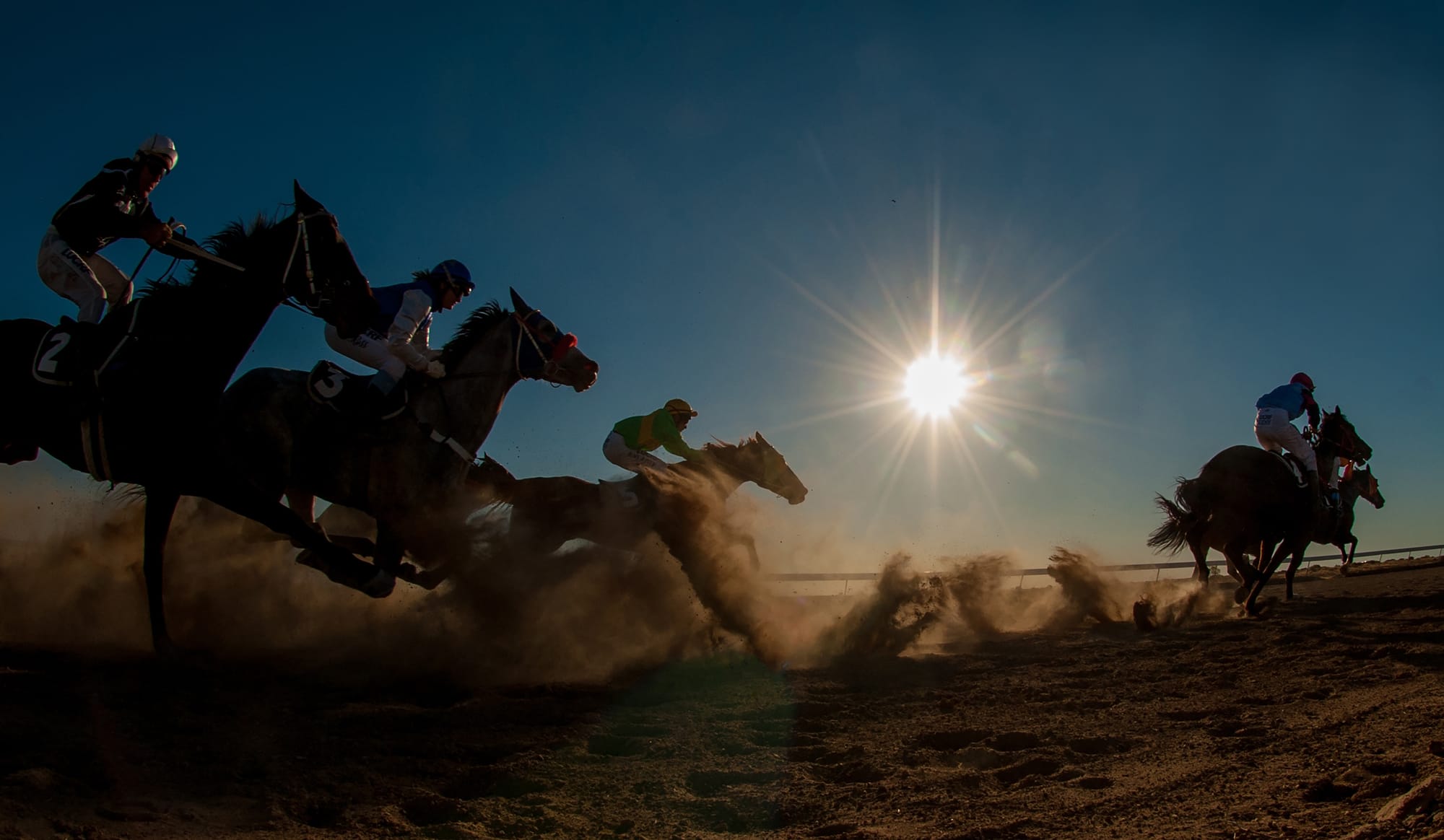
Number 5: BIRDSVILLE FROM THE AIR
Location – Birdsville
When – 2019
Hazards – Hanging out of a helicopter with 90 km/h winds with no doors and trying not to fall out or drop the camera
Wish List – Later in the day to capture the afternoon shadows of the field as they turned for home.
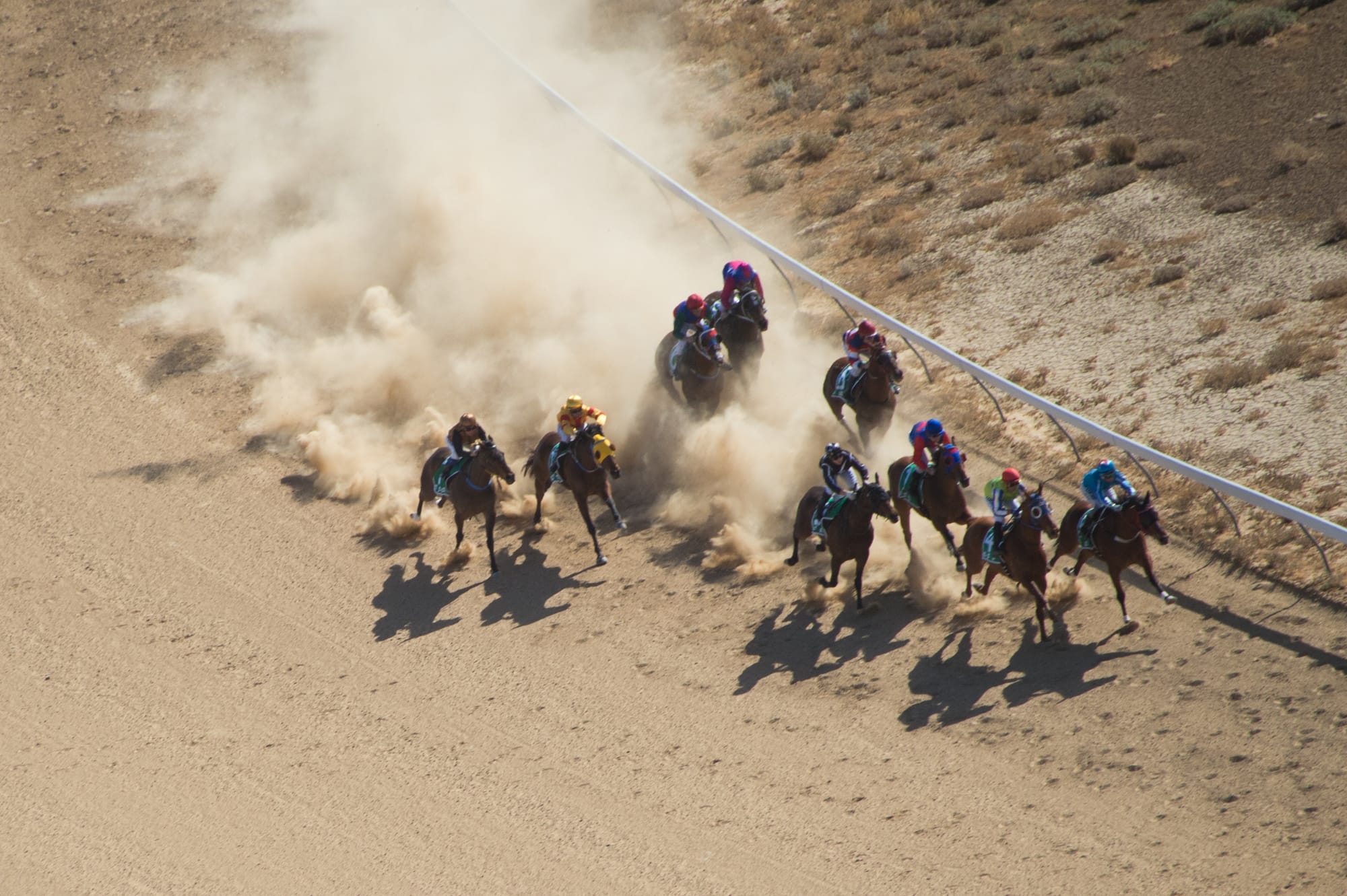
Number 6: CHAMPION ZOUSTAR
Capturing stallion portraits is something that I cherish being able to do, especially a classic portrait like this of a stallion, early in his career who has become such a Champion. Patience, and a low angle and lots of help from the farm to get his attention helped to get his shot.
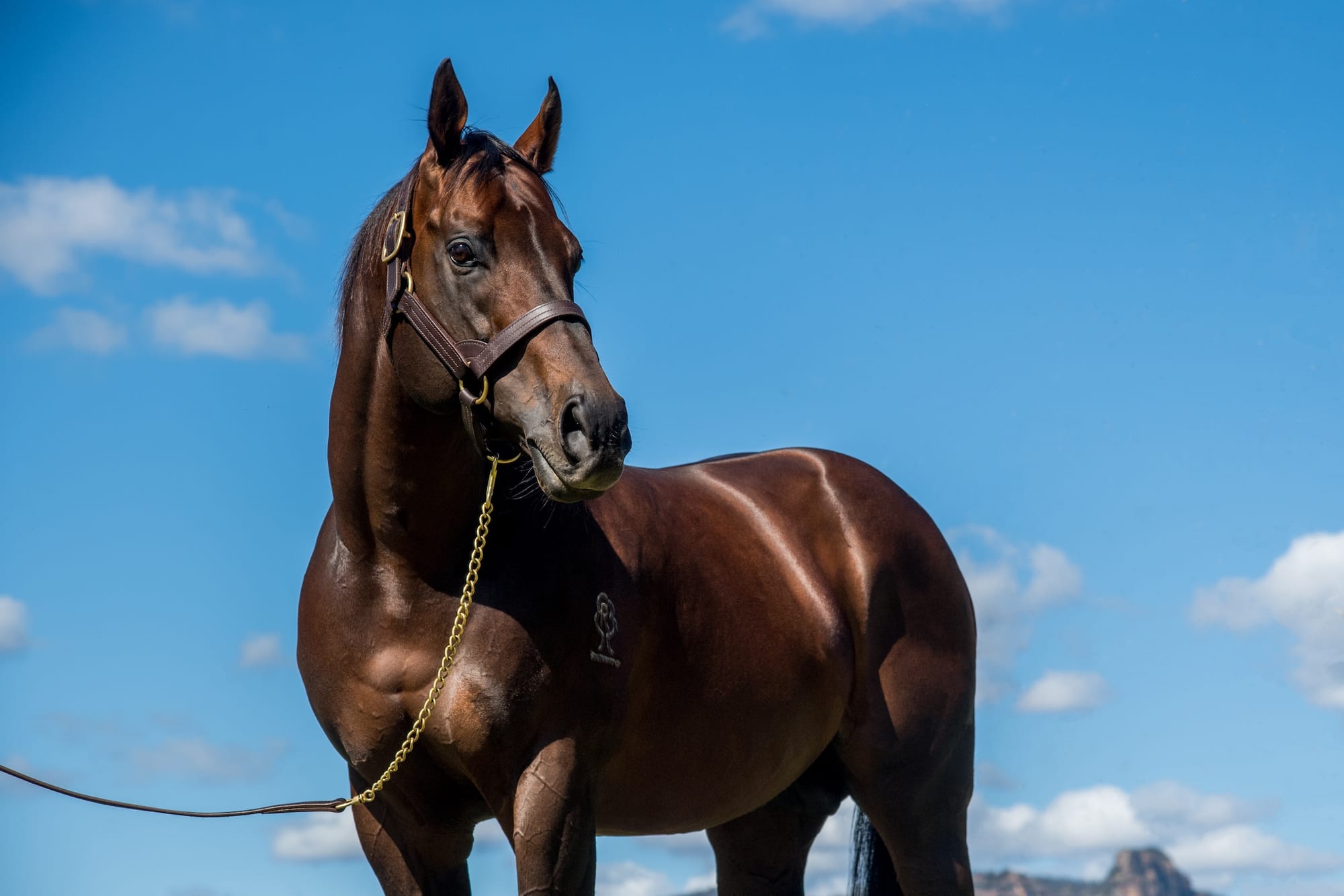
Number 7: THE HOSE DOWN
There is something magical about capturing a racehorse in the wash bay, but this photo remains a favourite and features as part of a series of 4 Wash Bay photos I have captured that are displayed in the Restaurant at the William Inglis Hotel Restaurant.
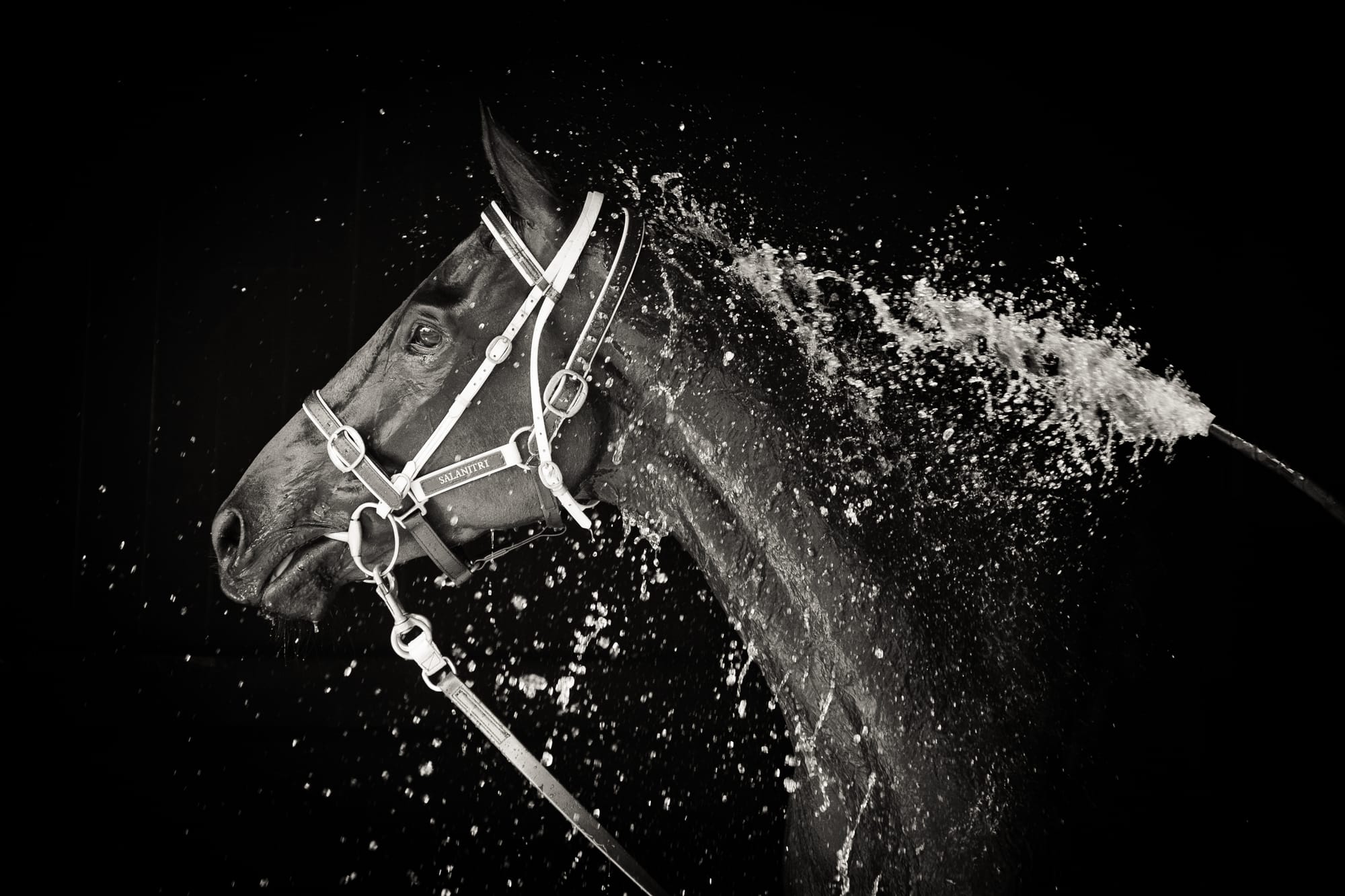
Number 8: THE STORM
This was one of those classic “storytelling shots” that needed to be wide-angle and as low to the ground as possible. I was lying on my stomach and knew it had to be shot with a wide lens to showcase the whole scene. About 2 minutes after I captured this image, the heavens opened up and I just got myself and cameras to safety.
One of my most popular prints that has sold worldwide.
Where – Stanley Park Beach, NZ
When – November 2016
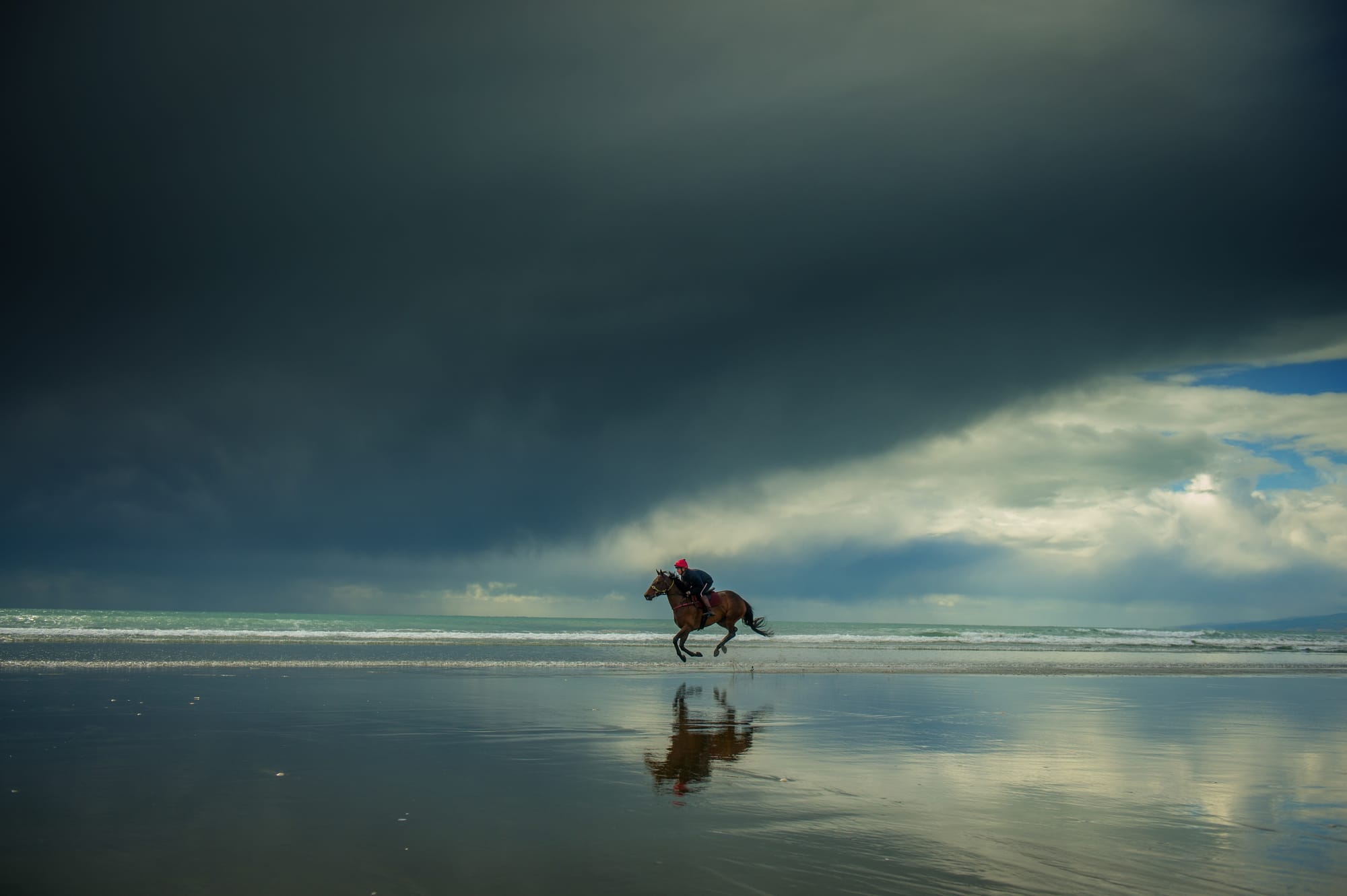
Number 9: CHELTENHAM
Where: Cheltenham Festival 2014
Cheltenham is “Disneyland” for Horse Racing photographers, so many jumps, and so much scope for unique imagery. I set up a remote just near this jump in the home straight, hoping for as many horses in the frame as possible and it turned out to be one of my favourite jumps racing photos I’ve taken.
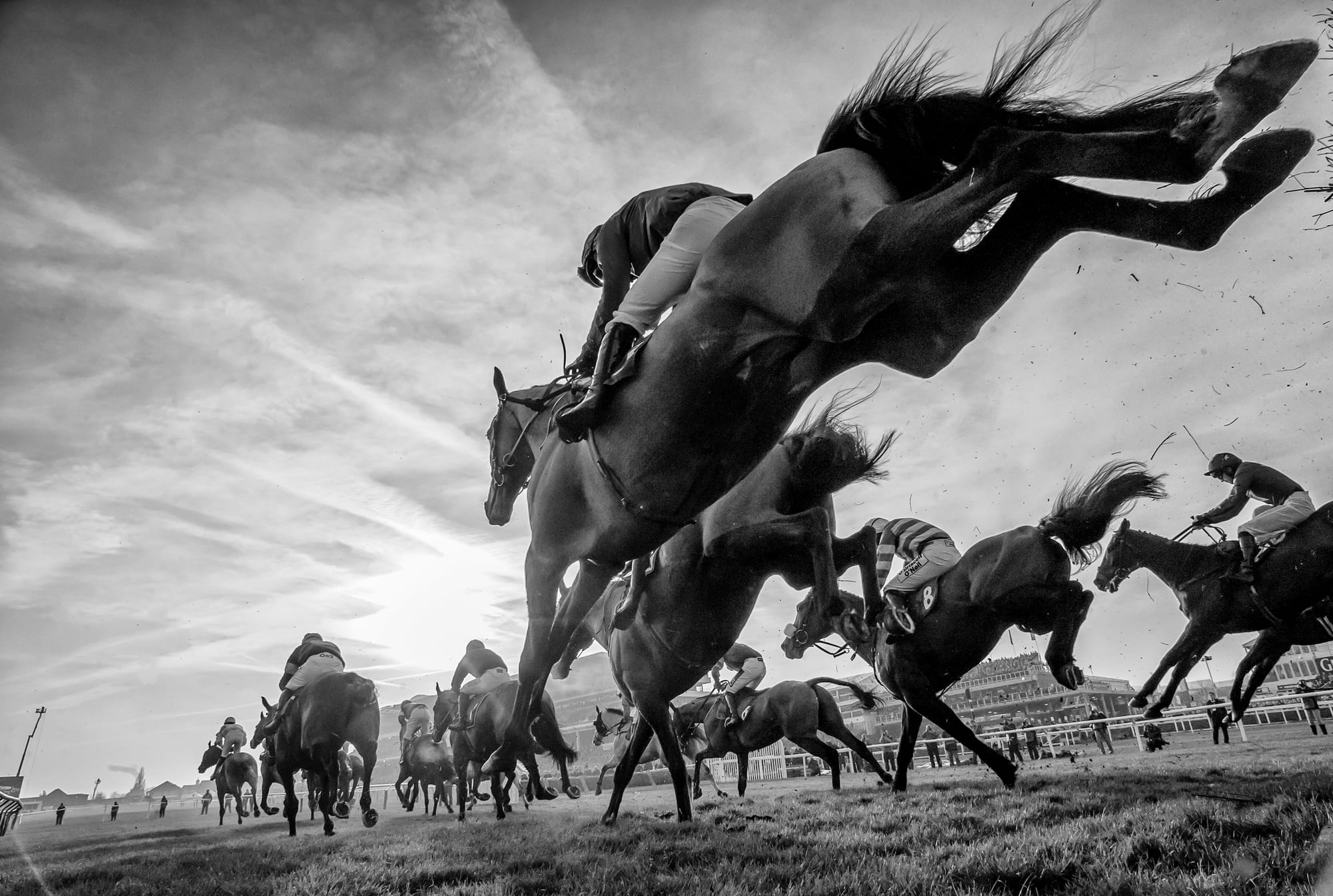
Number 10: THE YEARLINGS
Where: Lime Country Thoroughbreds
What I needed: PATIENCE
My philosophy when I am asked to capture imagery for farms is simple, it’s better to be patient and be prepared to wait and wait and wait to capture one magical image, than shoot off hundreds of photos that will never get used. I edited this in black and white to give it a more “fine art print worthy feel”.
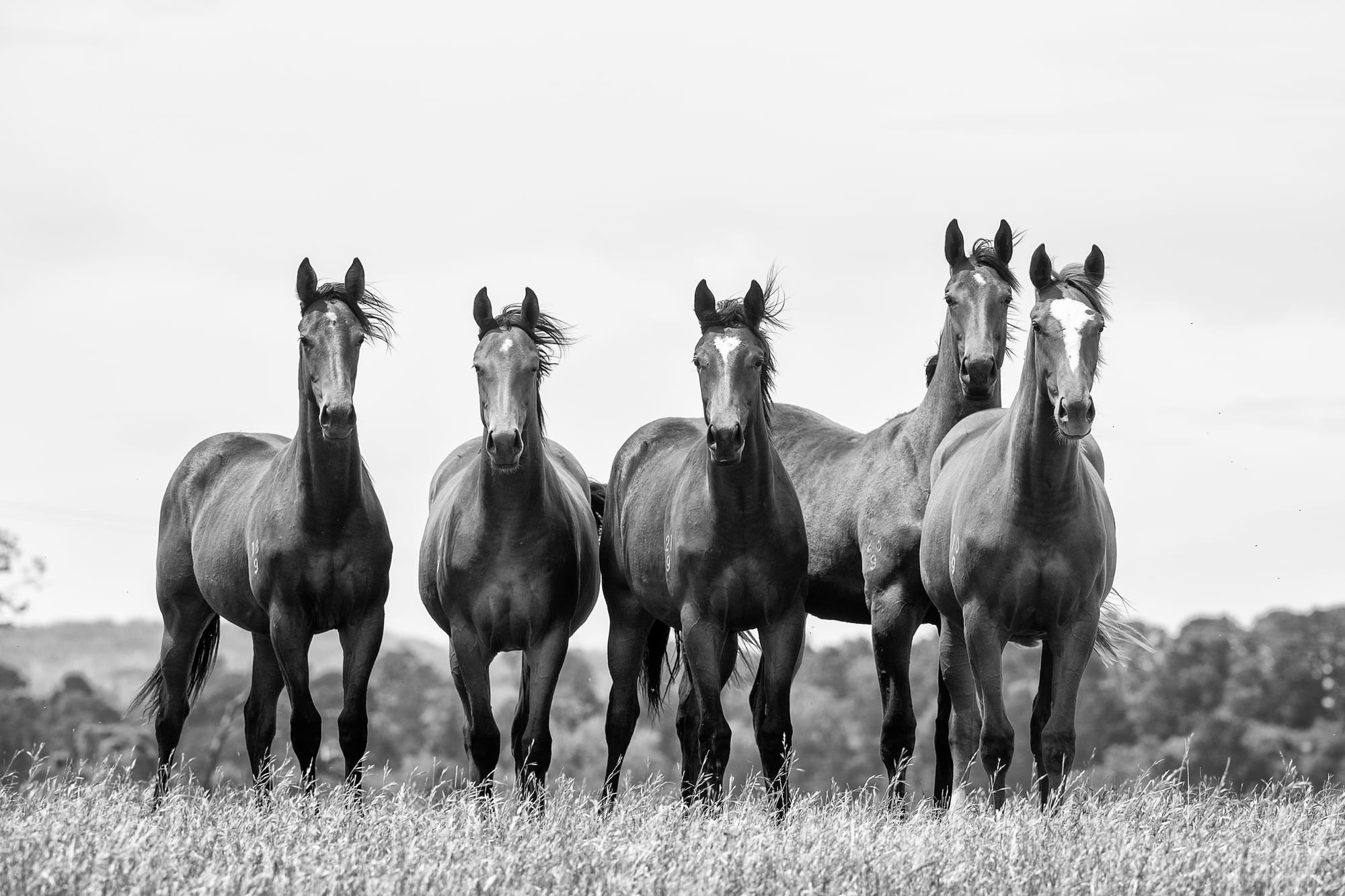
(All Photos: Sharon Lee Chapman)

